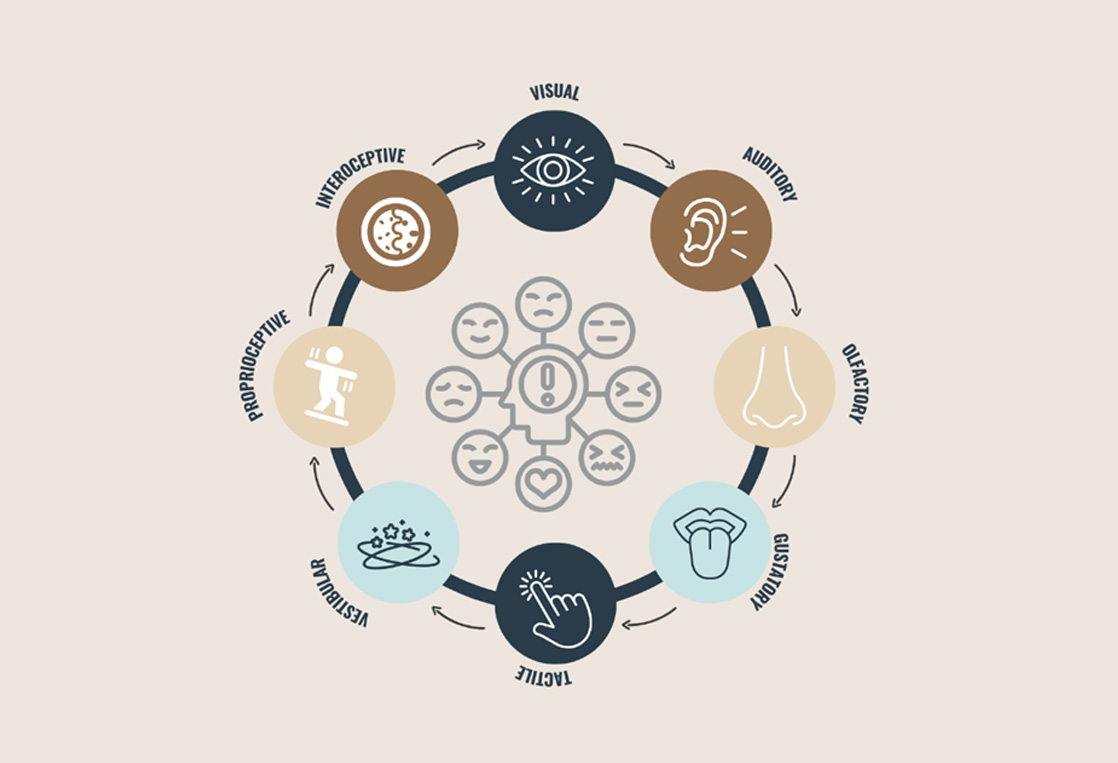Understanding a child’s development requires a holistic approach that considers the various systems influencing their growth. Bronfenbrenner’s Ecological Systems Theory provides a framework for examining these influences within interconnected layers:
- Microsystem: The immediate environment, including family, peers, and school, where direct interactions occur. These relationships have a profound and immediate impact on a child’s development.
- Mesosystem: The connections between microsystems, such as the relationship between a child’s parents and teachers, which influence consistency and support across environments.
- Exosystem: External environments that indirectly affect the child, such as a parent’s workplace or community services.
- Macrosystem: The broader societal and cultural context, including socioeconomic factors, cultural norms, and values that shape the child’s experiences.
- Chronosystem: The dimension of time, which considers the impact of life transitions and historical events on the child’s development.
By using Bronfenbrenner’s model as a guide, caregivers and professionals can better understand the complex interplay of influences shaping a child’s behaviour, development, and needs. This perspective enables a tailored approach to support and intervention that respects the child’s unique context.
Supporting the child in their environment
Understanding a child’s sensitivities within their environment is key to supporting their growth and wellbeing. Each child experiences the world uniquely and recognising how different environments affect them allows us to implement developmentally appropriate strategies tailored to their needs. By working with the brain and body they have—rather than pushing them to conform or “fit in”—we foster authenticity and confidence. This approach also reduces the risks associated with “masking,” where children suppress their true selves to meet external expectations, which can lead to long-term challenges. Creating supportive, responsive environments empowers children to thrive as they are.
Strength Based & Child Lead
A strength-based, child-led approach focuses on recognising and building on each child’s unique abilities, interests, and strengths. By following the child’s lead, we create opportunities for them to explore, learn, and grow in ways that feel natural and meaningful to them. This approach fosters a sense of agency and confidence, supporting their development in a way that honours who they are. By valuing their individuality and empowering them to take the lead, we create a supportive and nurturing environment where children can thrive.
Nurture with Love
Nurturing a child with love provides the foundation for their emotional, social, and developmental growth. When we extend this care to support the whole family, we create a strong, interconnected environment where everyone feels valued and empowered. By surrounding the family with understanding, encouragement, and resources, we foster a sense of security and belonging that allows the child to flourish. This holistic approach ensures that the child has a stable, loving network in which they can grow and bloom to their fullest potential.

